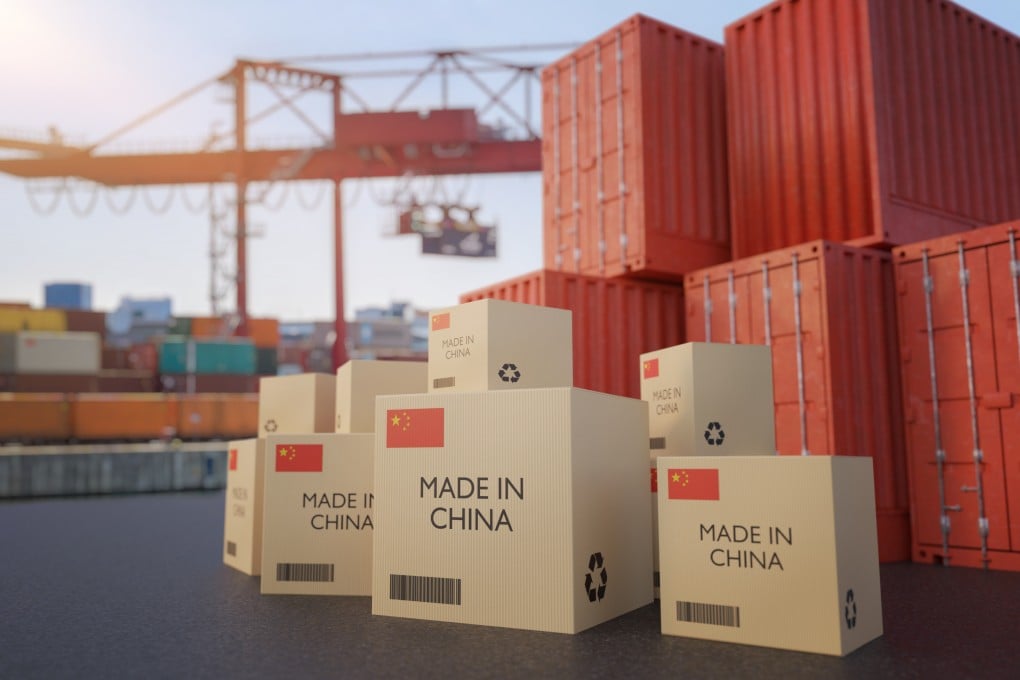Advertisement
Can Southeast Asia shield industries from a surge in China’s exports, amid Trump tariffs?
Facing reduced domestic demand and increasing trade barriers, Chinese manufacturers are turning to Southeast Asia to export their surplus goods
Reading Time:4 minutes
Why you can trust SCMP
4

A surge in Chinese exports into Southeast Asia is testing the region’s industrial resilience, as manufacturers face mounting pressure from cheap imports that could intensify amid Washington’s escalating trade war.
Advertisement
Analysts stress that Asean governments must urgently bolster domestic competitiveness and move up the value chain to maximise the benefits from growing Chinese investment while shielding their economies from an influx of low-cost goods.
Chinese manufacturers are turning to Southeast Asia to sell surplus goods due to declining domestic demand and rising trade barriers abroad – particularly after US President Donald Trump slapped tariffs as high as 145 per cent on most Chinese imports.
China’s trade surplus in manufactured goods jumped from around US$1 trillion in 2018 to more than US$1.8 trillion in 2023, as supply continued to outpace domestic demand. And with access to US and European markets diminishing, Southeast Asia has become a key outlet.
In 2023, the Association of Southeast Asian Nations (Asean) surpassed the US and EU to become China’s largest export market. Chinese exports to Southeast Asia rose by 12 per cent, while Asean exports to China grew by just 2 per cent, signalling stagnation – or even decline in the case of Thailand and Indonesia – widening trade deficits and increasing strain on local industries.
Advertisement
Analysts warn that absorbing Chinese exports destined for the vast US market will be difficult for other countries, especially as Southeast Asian industries continue to struggle against the flood of low-cost Chinese goods.
Advertisement